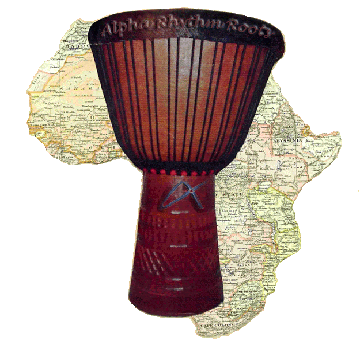How different is traditional Mandingue percussive music on drums
- alpharhythmroots

- Jan 29, 2021
- 2 min read
Transferred from an older blog: Original post date by Alpha (Administrator) on 03/27/20
Like any other music, traditional Mandingue music is played on one, or multiple musical instruments. They are string instruments, drums, other percussive instruments, including but not limited to: Bala(percussion/2mallets), Kora(string/hand), Doundouns(drum/stick), Djembe(drum/hand), Bolon(string &percussion/hand), Krin(percussion/2sticks), Bells (percussion/sticker), and Shakers, to name only the most famous…
You have many typical combinations of these instruments being played in a mandingue orchestra; Some of the most common being:
[Multiple Bala], [Solo Kora], [multiple Kora], [Kora, Bala], [Doundouns, Bells and Djembes], [Bala, Doundoun, Bells and Djembes], [multiple Krins], and many more typical combinations..
Among these many combinations (not all typical combinations being listed above), there is one that is very special: it is the “Doundouns, Bells, Djembe” combination.
It is very special because with the exception of the light melody of the bells, it is a combination of only drums, at least 5 or 6 different ones! This definitely makes it much harder to play than playing multiple instruments with a completely distinct sound (like a guitar, a violin, and a saxophone).
In Mandingue music, the special structure and approach to music is another thing that makes it special, and can make it challenging to play and understand for someone of a different culture. The only difference between all of the sounds of the different drums playing together in an “all drums” ensemble is the different set of pitch they each have. If you consider 3 doundoun drums with each 2 unique sound, and at least 2 accompaniment Djembes (each tuned differently), with at least 3 core accompaniment sounds -This is a total of at least 12 drumming sounds.
I do believe that this “all drums” combination of instruments, and the polyrhythms created from ancestral rhythms is at the root of the healing aspect of Mandingue drumming. The healing aspect is more related to what you play on the drums, and how it’s being played, rather than simply the action of drumming. Beyond the community aspect of drumming together, simply grappling a few Mandingue drums and randomly beating them does not open the door to any healing through music!


Comments